
News & Articles
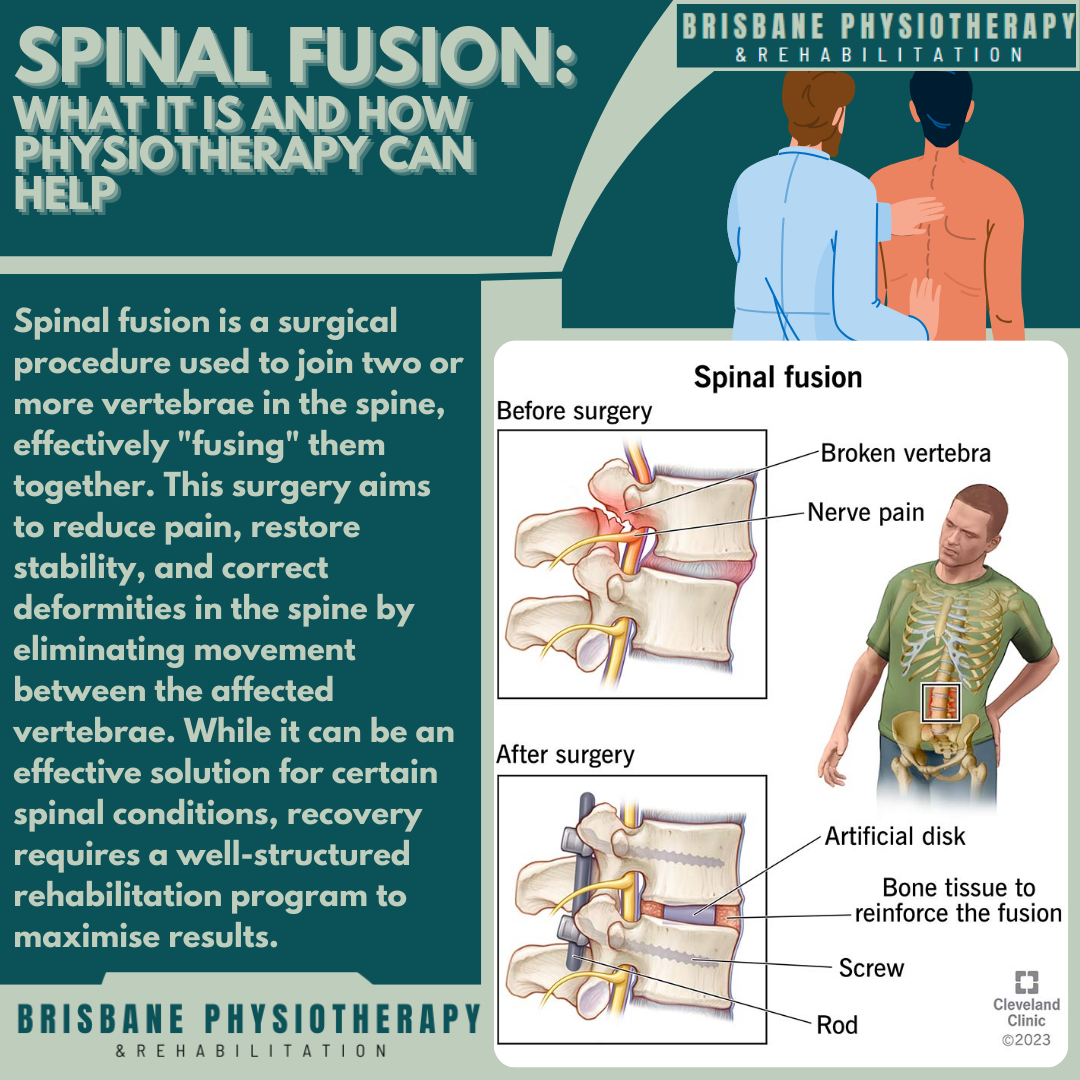
Spinal Fusion: What is it and how Physiotherapy can help
Spinal fusion is a surgical procedure used to join two or more vertebrae in the spine, effectively "fusing" them together. This surgery aims to reduce pain, restore stability, and correct deformities in the spine by eliminating movement between the affected vertebrae. While it can be an effective solution for certain spinal conditions, recovery requires a well-structured rehabilitation program to maximise results. At Brisbane Physiotherapy, we provide comprehensive physiotherapy care to support your recovery following spinal fusion surgery.
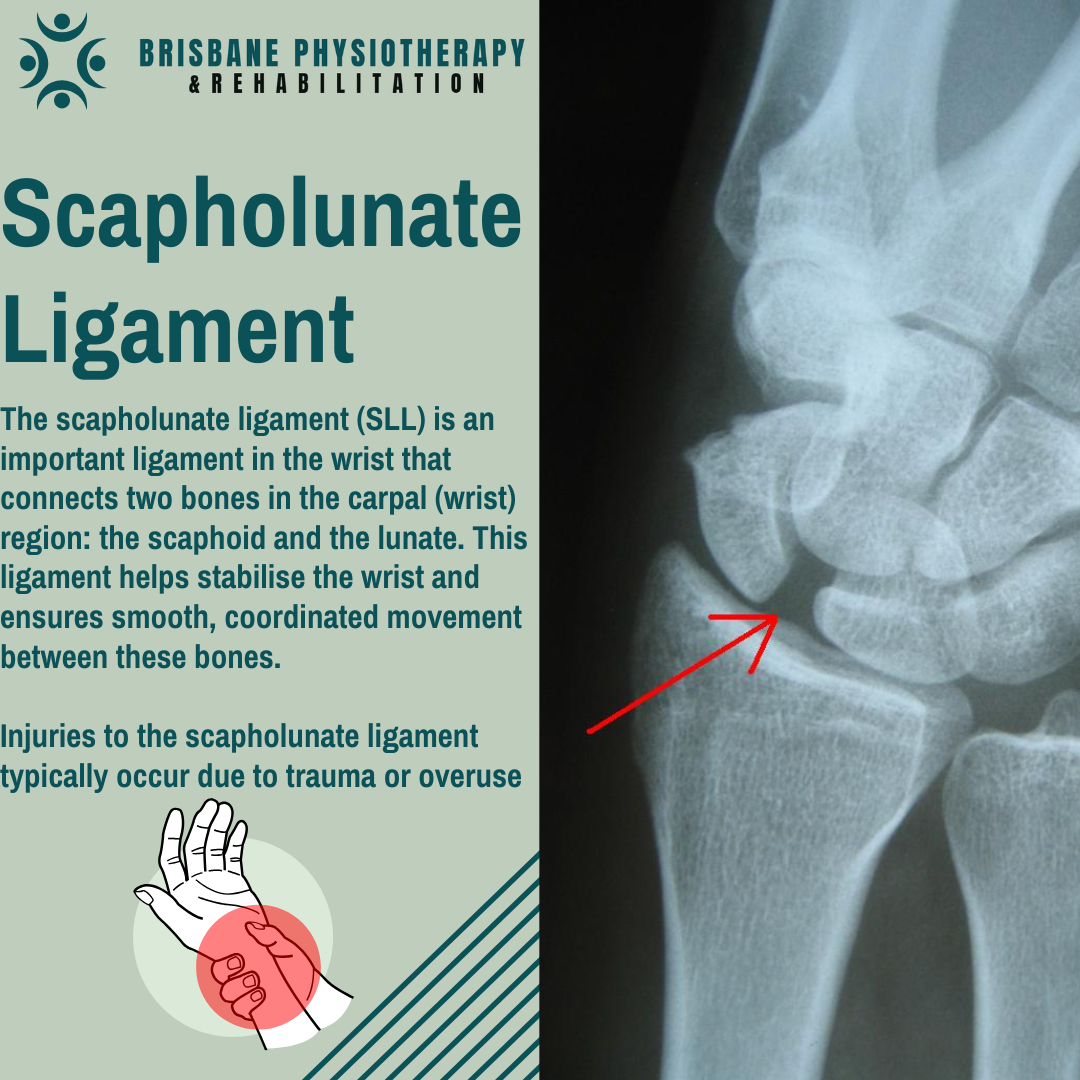
Scapholunate Ligament Injuries: Physiotherapy Guide
Scapholunate ligament injuries are a common source of wrist pain and dysfunction, particularly for those who engage in repetitive or high-impact activities. The scapholunate ligament is a crucial stabiliser in the wrist joint, connecting the scaphoid and lunate bones, which work together to allow for proper wrist function. When this ligament is injured, it can result in significant pain, instability, and impaired movement, which can affect a person’s ability to perform even the most basic daily tasks. Understanding how these injuries occur, their symptoms, and how physiotherapy can aid in recovery is key to managing this condition effectively.
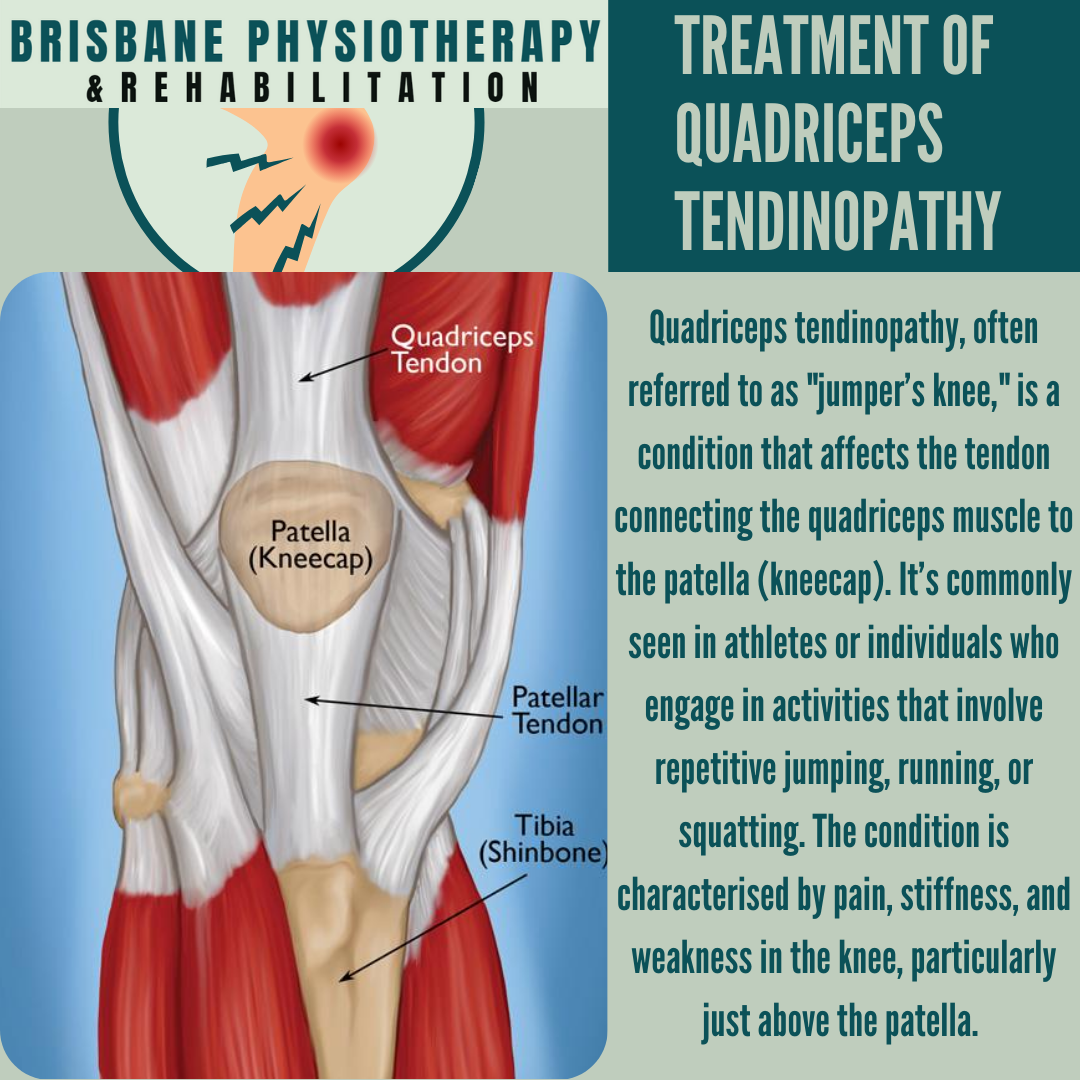
Treatment of Quadriceps Tendinopathy: How your Physiotherapist can help
Quadriceps tendinopathy, often referred to as "jumper’s knee," is a condition that affects the tendon connecting the quadriceps muscle to the patella (kneecap). It’s commonly seen in athletes or individuals who engage in activities that involve repetitive jumping, running, or squatting. The condition is characterised by pain, stiffness, and weakness in the knee, particularly just above the patella. While quadriceps tendinopathy can be debilitating, a physiotherapist can play a critical role in managing and treating the condition, helping to alleviate pain and restore function.
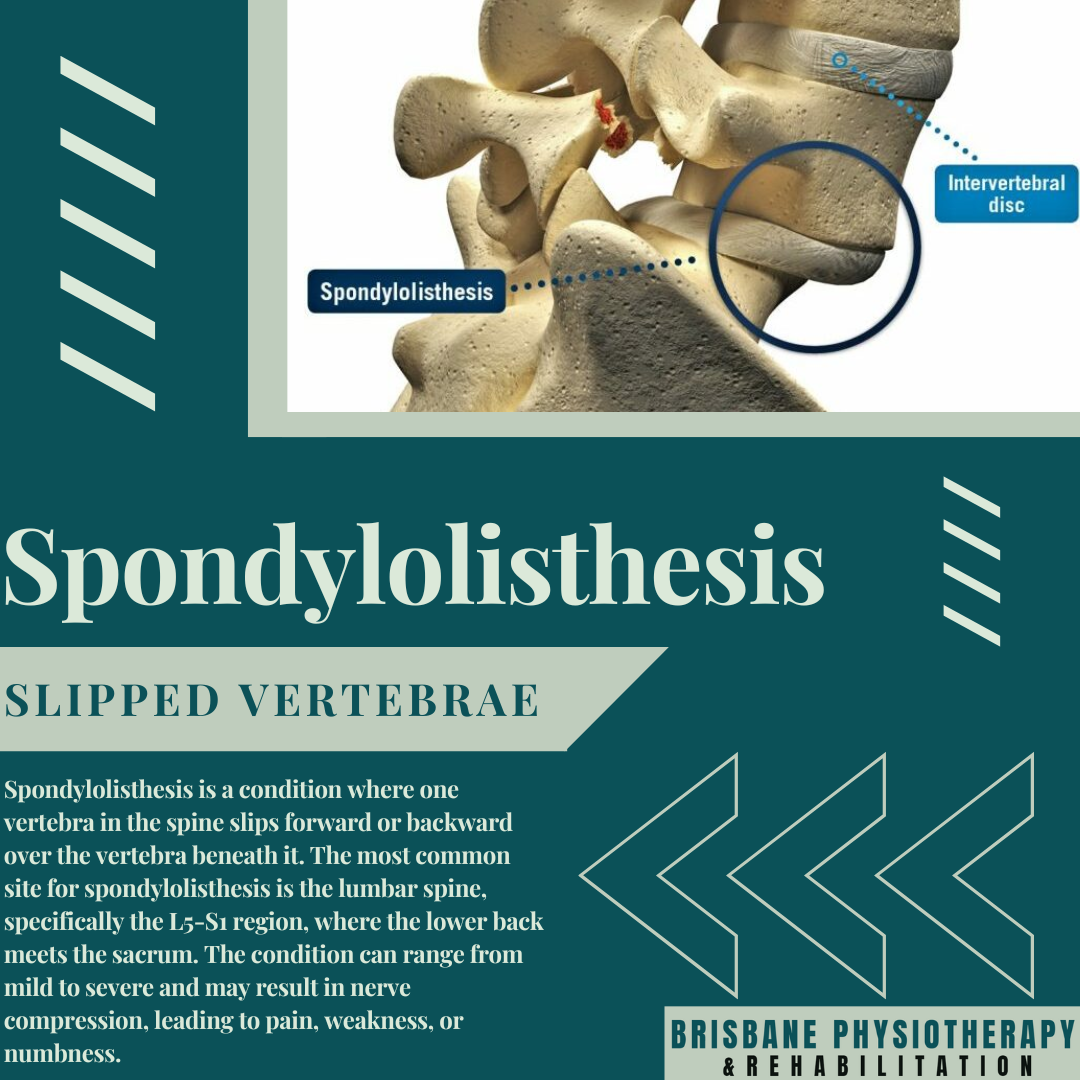
Spondylolisthesis: Causes, Symptoms, Treatments, and Outcomes
Spondylolisthesis is a spinal condition that occurs when one vertebra in the spine slips out of its proper position over the vertebra below it. This can cause a range of symptoms, from mild discomfort to significant pain, and in some cases, it can even lead to nerve damage. While this condition can affect people of all ages, it’s most common in individuals over the age of 50 or those who have experienced an injury or repetitive stress on the lower back. If you’re dealing with spondylolisthesis, a physiotherapist can play a crucial role in helping you manage the condition and alleviate symptoms.
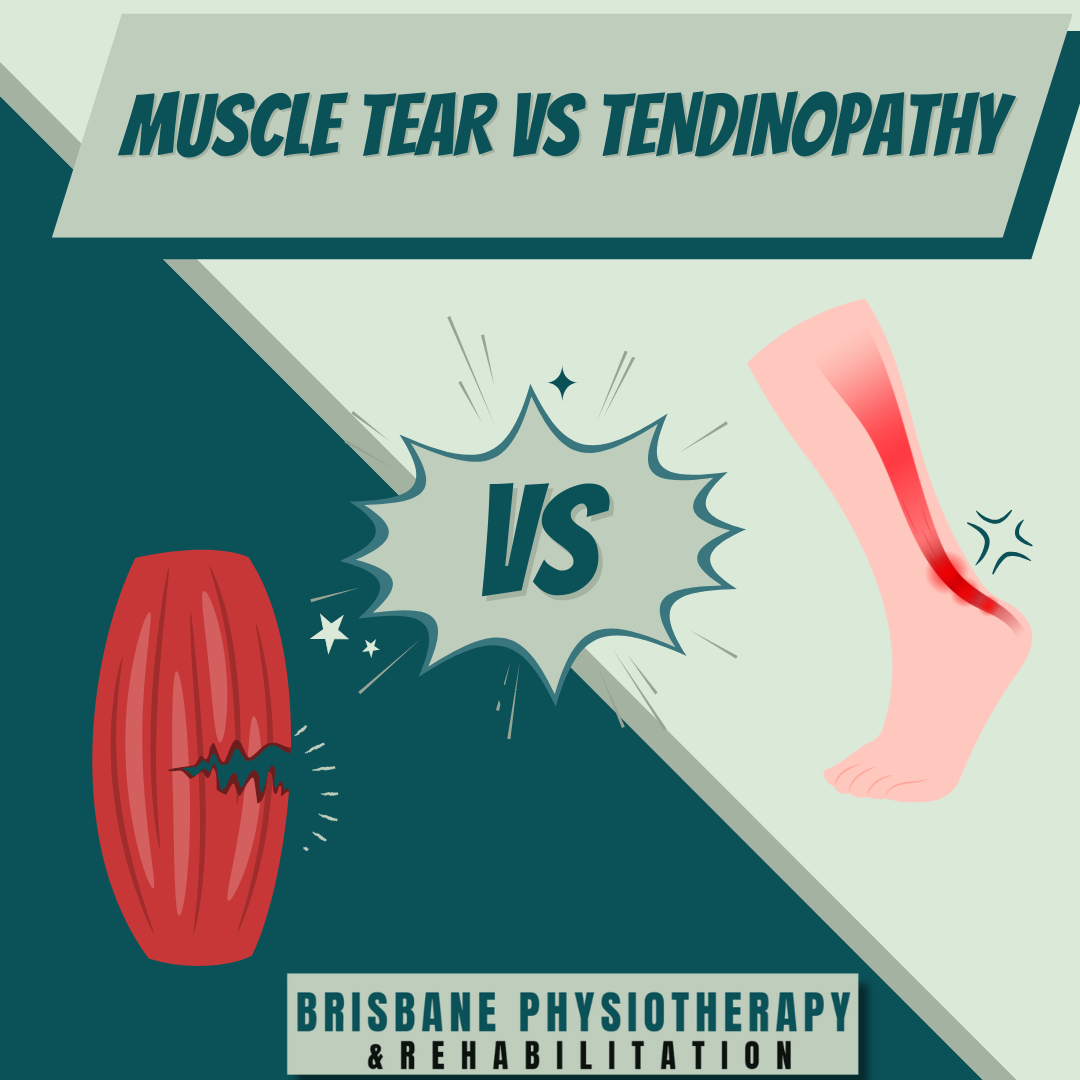
Muscle Tears vs Tendinopathy
When it comes to musculoskeletal injuries, two common conditions that often get confused are muscle tears and tendinopathy. Both can cause pain, limit movement, and affect overall function, but they differ in their causes, symptoms, and treatments. Understanding these differences can help you take the right steps towards recovery and avoid further injury.
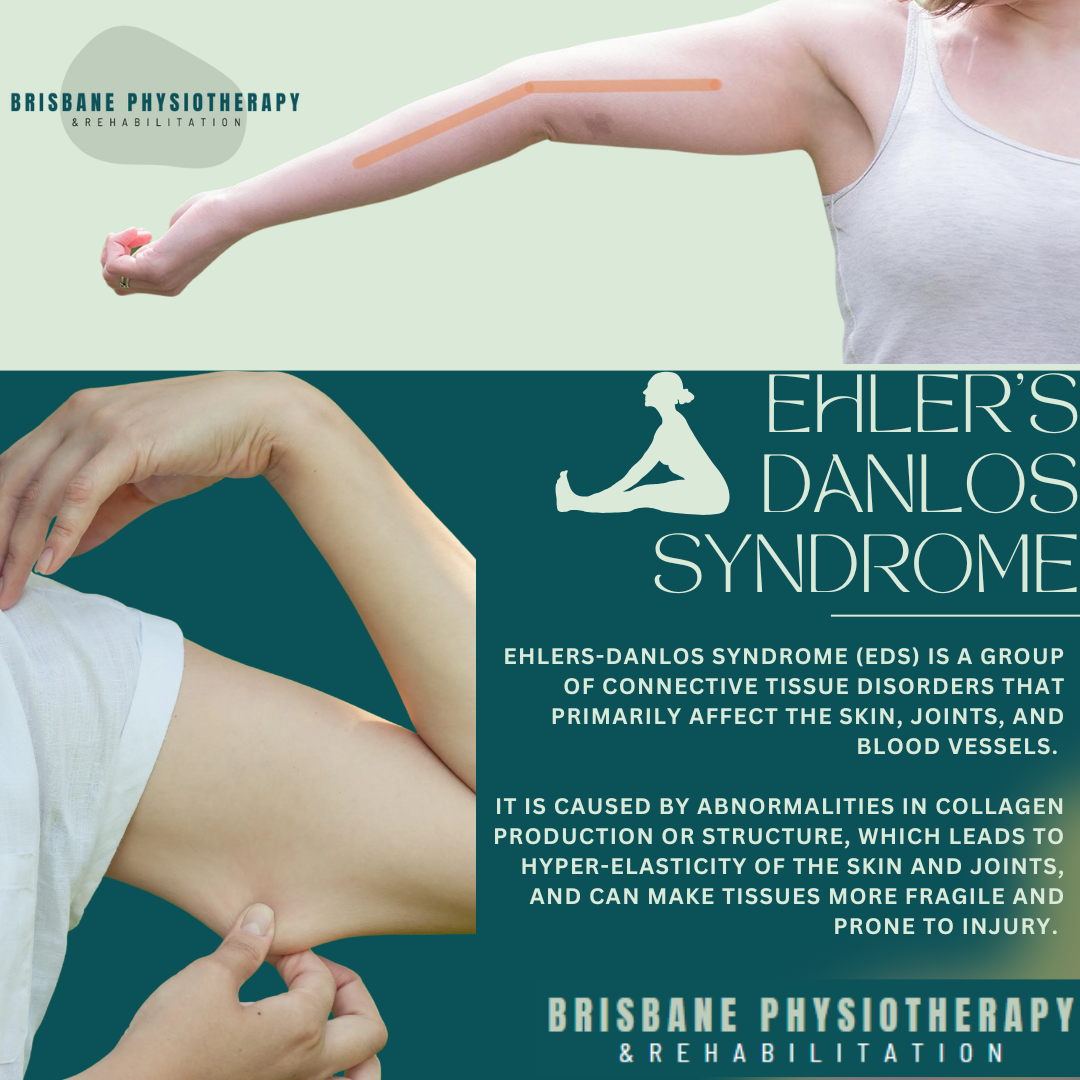
Ehlers-Danlos Syndrome and How a Physiotherapist Can Help
Ehlers-Danlos Syndrome (EDS) is a group of connective tissue disorders that affect the skin, joints, and blood vessel walls, causing them to be more flexible than normal. This condition, though rare, is hereditary and can present in a variety of forms, with the hypermobile type being the most common. People with EDS often experience joint hypermobility, fragile skin, and a tendency to bruise easily. Because of the diverse nature of the syndrome, it can be difficult to diagnose, and its symptoms vary widely, making it a complex condition to manage.
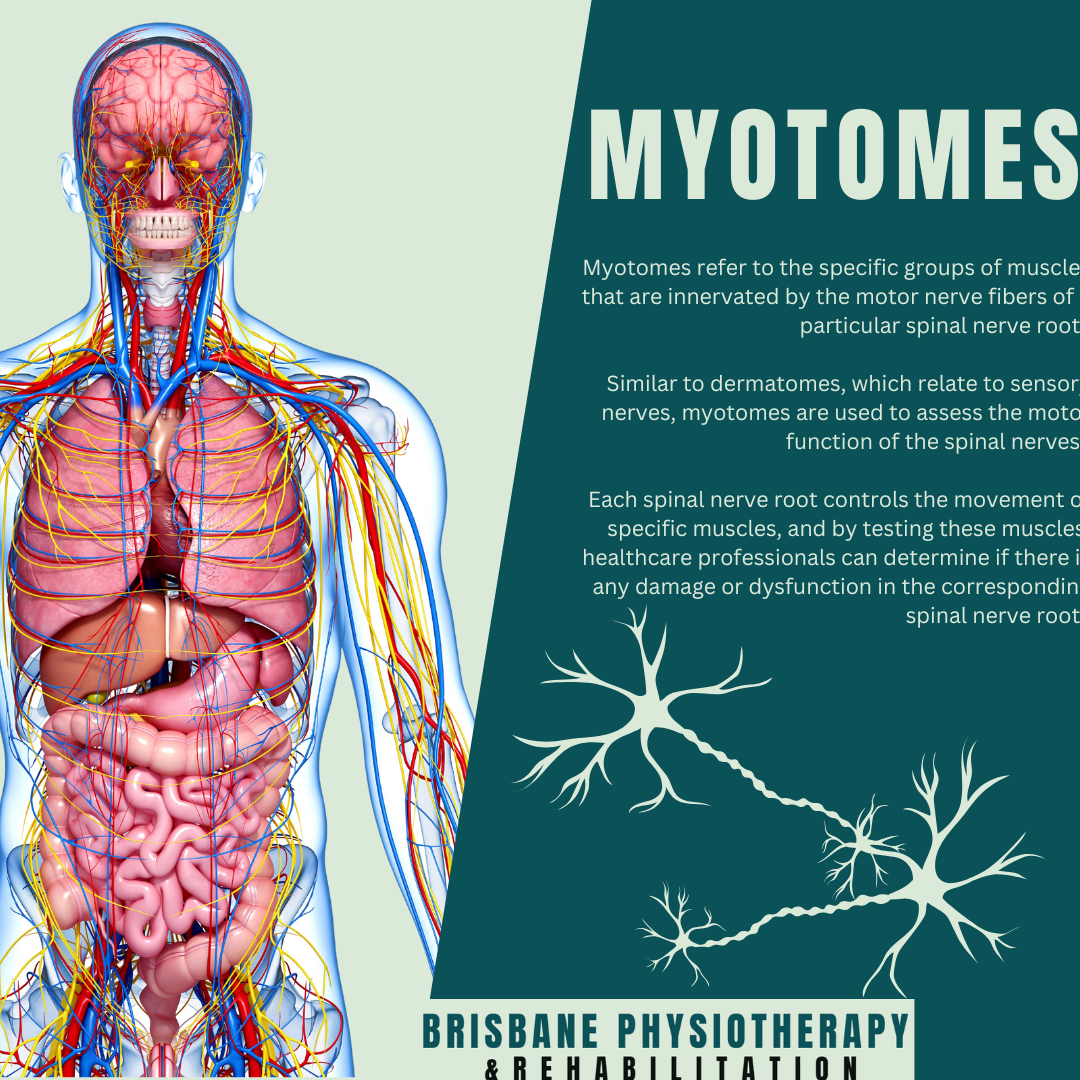
What are Myotomes? An Overview
Myotomes refer to the specific groups of muscles that are innervated by the motor nerve fibers of a particular spinal nerve root. Similar to dermatomes, which relate to sensory nerves, myotomes are used to assess the motor function of the spinal nerves. Each spinal nerve root controls the movement of specific muscles, and by testing these muscles, healthcare professionals can determine if there is any damage or dysfunction in the corresponding spinal nerve root.
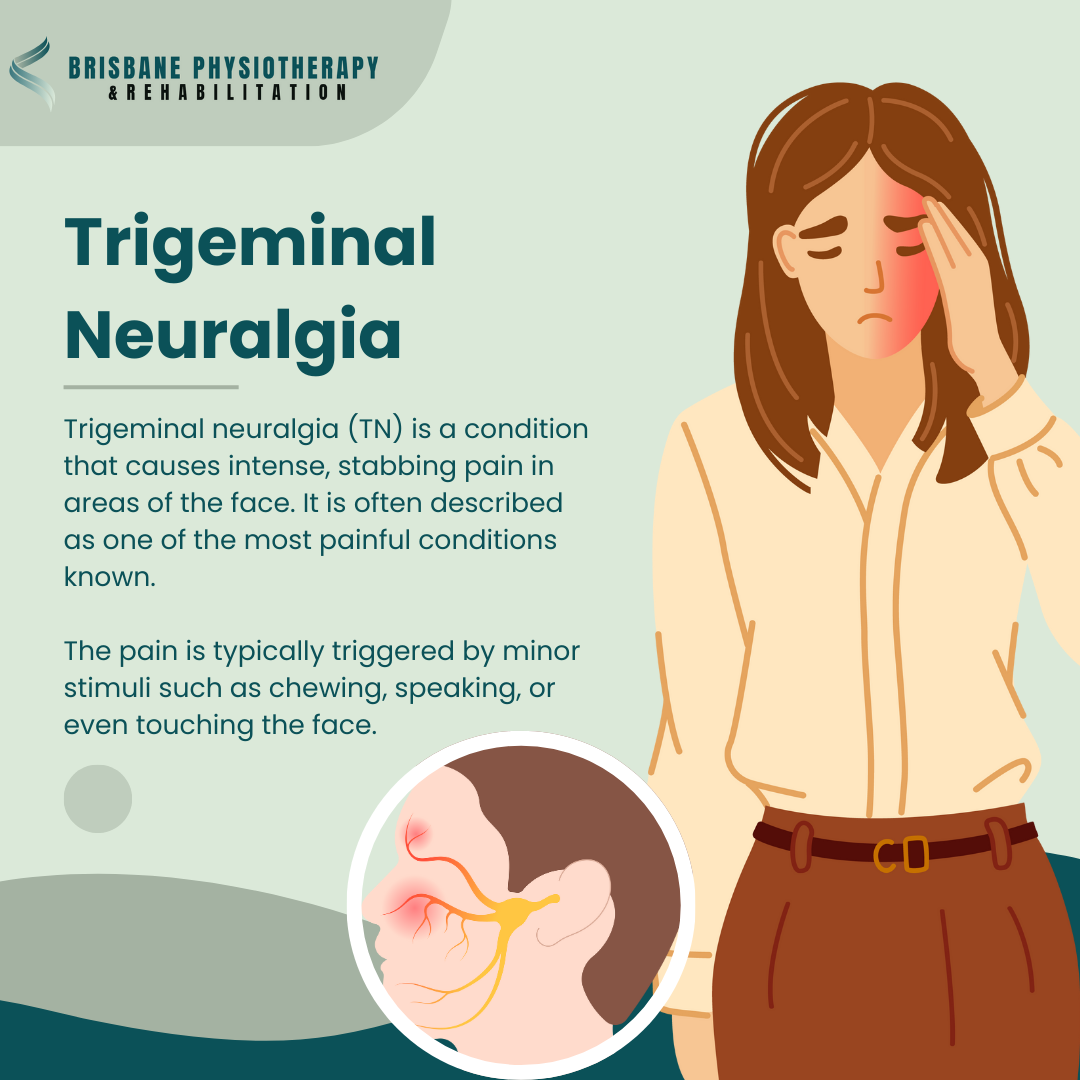
What is Trigeminal Neuralgia? An Overview
Trigeminal neuralgia (TN) is a condition that causes intense, stabbing pain in areas of the face. It is often described as one of the most painful conditions known. The pain is typically triggered by minor stimuli such as chewing, speaking, or even touching the face.
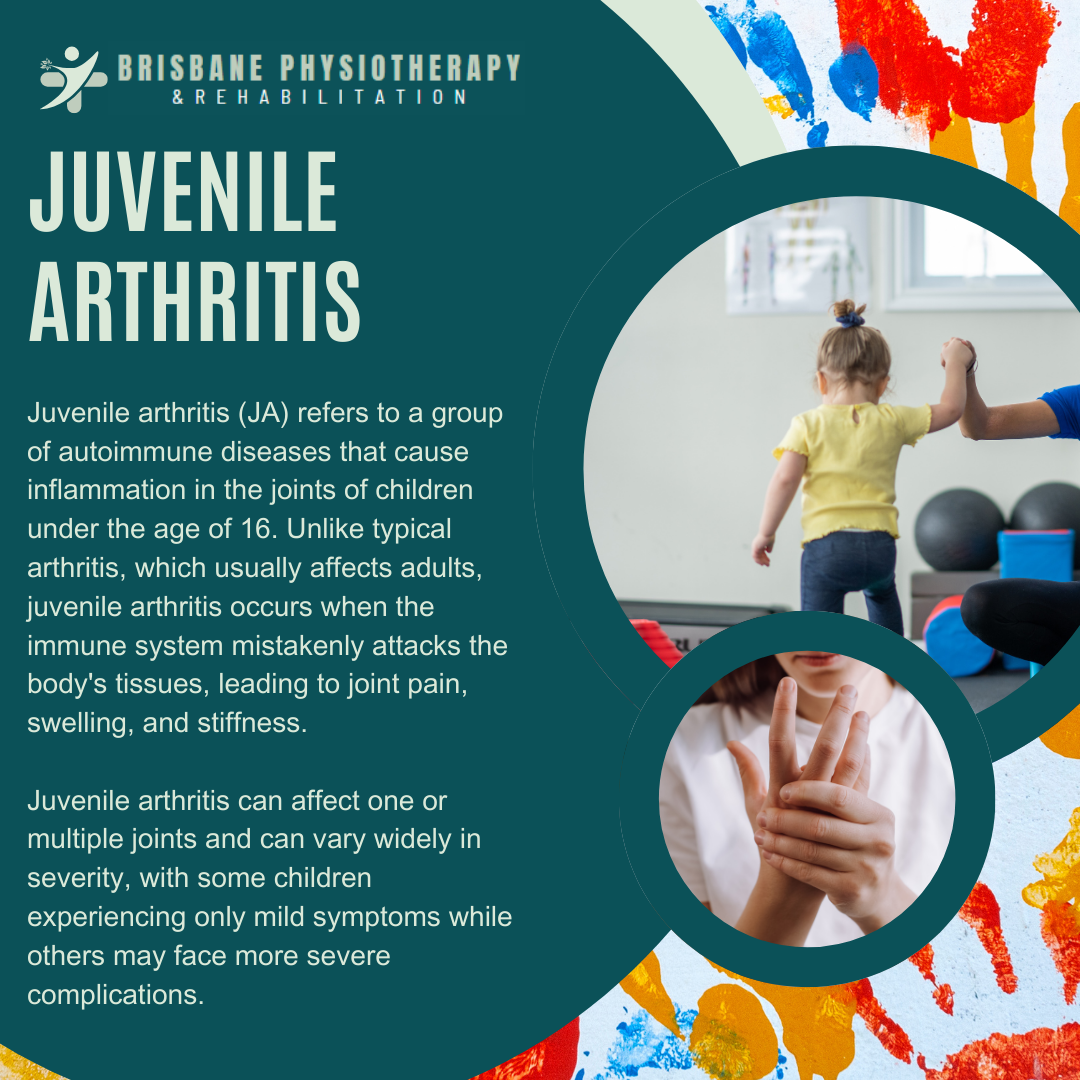
Juvenile Arthritis and How a Physiotherapist Can Help
Juvenile arthritis (JA) is an umbrella term for a group of inflammatory conditions that affect children and adolescents. It causes pain, swelling, and stiffness in the joints, leading to limited movement and, if left untreated, potential long-term disability. JA can affect children as young as six months old and typically occurs before the age of 16. Although the exact cause of juvenile arthritis is not fully understood, it is believed to involve a combination of genetic and environmental factors that trigger the immune system to attack the body’s joints.
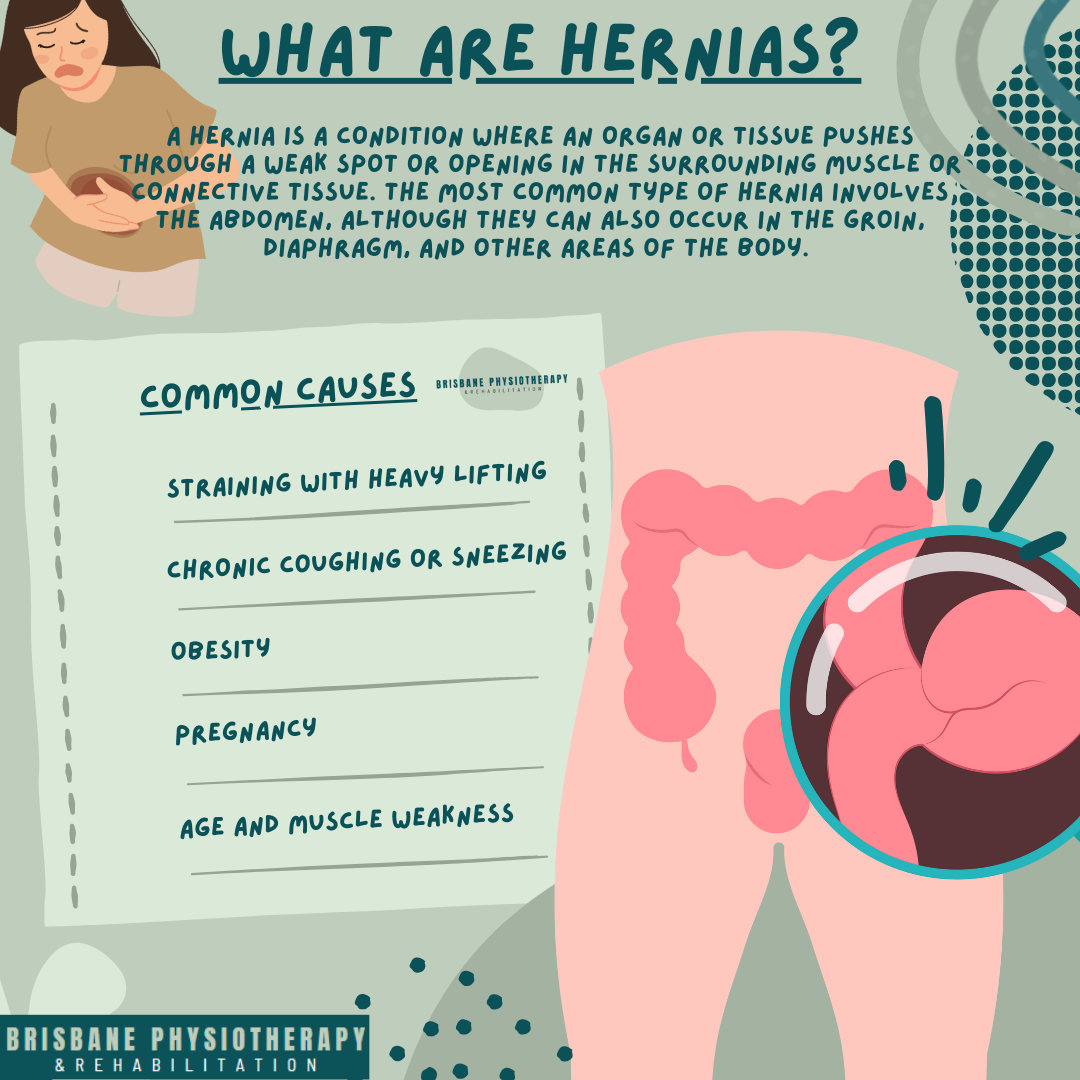
What are Hernias? An Overview
A hernia is a condition where an organ or tissue pushes through a weak spot or opening in the surrounding muscle or connective tissue. The most common type of hernia involves the abdomen, although they can also occur in the groin, diaphragm, and other areas of the body.